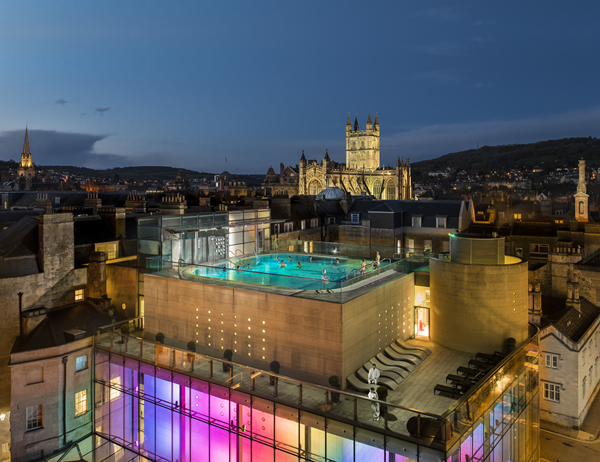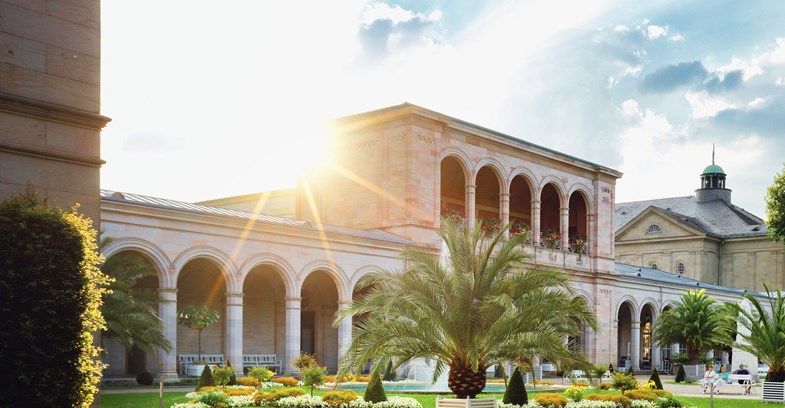Spa History of Bath
Early beginnings
According to legend, Prince Bladud was cured of leprosy after bathing in the hot muddy waters. In gratitude, he founded the city of Bath around the springs in 863 BC. Bladud proceeded to become the ninth King of the Britons, and was supposedly the father of King Lear. Three hot springs can be found beneath the city: the King’s Spring, supplying the Roman Baths, and the Hetling and Cross Springs, used by Thermae Bath Spa, the Cross Bath and the Gainsborough Bath Spa Hotel.
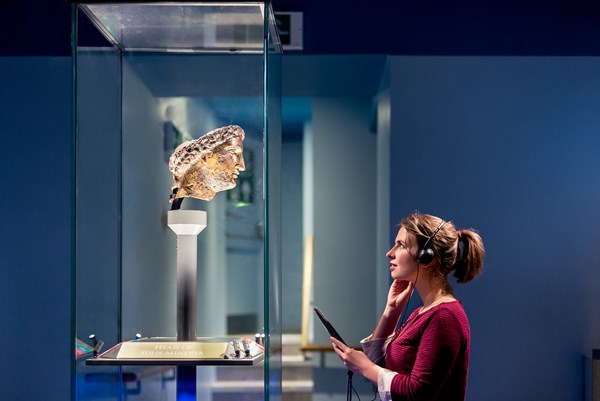
Roman Heritage
In AD 43, the Romans started the development of Aquae Sulis as a sanctuary of rest and relaxation, not a garrison town like most Roman settlements. In AD 70, a reservoir around the hot springs was built, followed by a sophisticated series of baths and a temple dedicated to the goddess Sulis Minerva. A temple to Aesculopius, discovered near the Cross Bath, provides a clue to there being a bath dedicated to healing, not just to relaxation. As a religious shrine and bathing complex, Aquae Sulis attracted visitors from across Britain and Europe, foreshadowing Bath's status as a premier tourism destination.
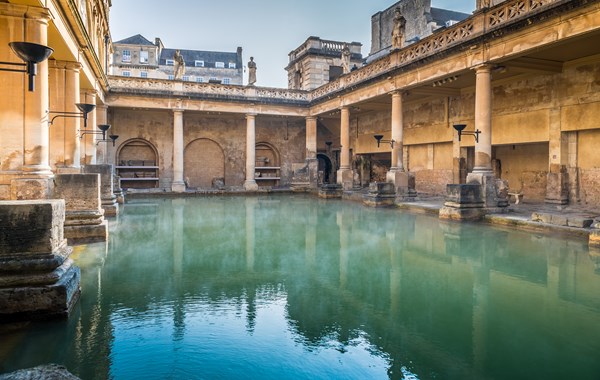
Becoming a Wellness Destination
The appointment of John of Villula as Bishop of Bath and Wells in 1088 was a significant development. A keen physician, he soon purchased the royal property in the city from the king and organised a substantial reshaping of the street plan. The baths were almost certainly rebuilt over the Temple Precinct and in 1138 the 'Gesta Stephani' described how, 'from all over England, sick people come to wash away their infirmities in the healing waters, and the healthy gaze at the remarkable bubbling up of the hot springs'. However, there were still complaints about the absence of covering over the baths and the lack of changing rooms. Despite this, Bath was now starting to attract visitors from mainland Europe. Many doctors set up house in the 'Bimbery' area (the area now between Beau St, Bath St, Hot Bath St and Bilbury Lane), providing lodging rooms for visiting patients. Regular royal visits from 1574 to 1663 increased the fame and attraction of Bath. In June 1688, James II's wife, Mary of Modena, gave birth to James Francis Edward Stuart (the Prince of Wales) nine months after bathing in the Cross Bath. This was the most fashionable bath due to its level of privacy, where bathers enjoyed live musical accompaniment and drank chocolate.
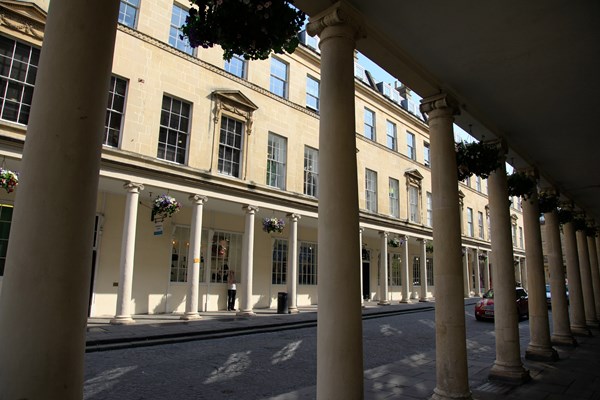
Fashionable Bath
Queen Anne visited Bath four times from 1688 to 1703 to take the waters. These visits set in motion a period of development in which Bath became 'the premier resort of frivolity and fashion', and led to the great rebuilding of the city to produce the eighteenth-century layout and architecture of today's UNESCO World Heritage Site. While the beneficial and healing properties of the water have always been acknowledged, modesty and decency have not always been inherent in the city’s spa culture. Bath architect John Wood the Elder wrote, 'the baths were like so many Bear Gardens, and Modesty was entirely shut out of them; people of both sexes bathing by day and night naked'.
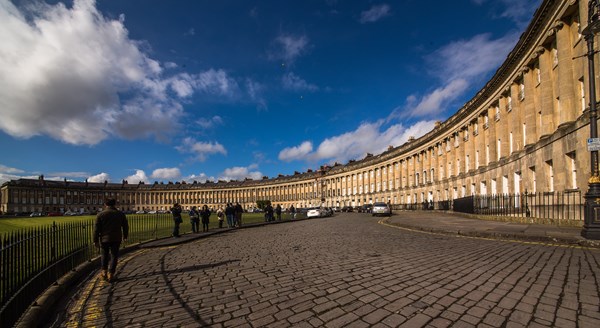
Discovering the Roman Temple
In the 1790s, the Great Pump Room was built to replace the now inadequate 1706 room. While excavating the foundations for this, many of the first finds relating to the Roman Temple were made.
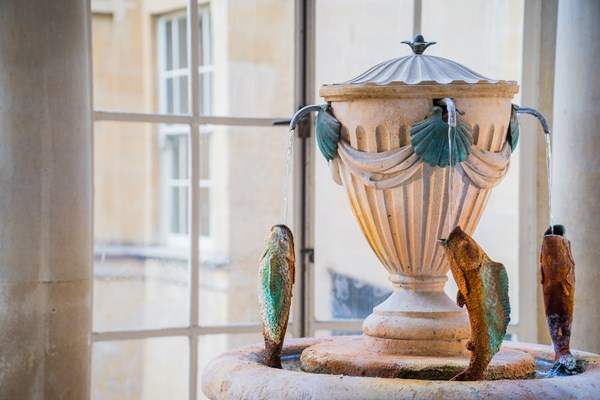
The 1900s
In the 1900s, Bath spa water was bottled and sold as Sulis Water, promising relief from rheumatism, gout, lumbago, sciatica and neuritis. After the First World War, thousands of wounded soldiers were rehabilitated in spa towns such as Bath. The public swimming pool at Beau Street was constructed in 1923 and the Cross Bath declined in status becoming known as the 'Tuppenny Hot'. Water cure treatments were provided on prescription following the establishment of the National Health Service in 1948. The Hot Bath finally closed in 1976 when the Royal Mineral Water Hospital ceased to use the facility, having built a new pool in the hospital. The Tepid Bath and the Beau Street Swimming Bath, which replaced it in 1926 survived only until 1978 when the new public swimming baths opened in North Parade. However, the Roman Baths and Pump Room were soon to become one of the UK's leading tourist attractions and this helped to establish a demand for the reopening of the spa facilities.
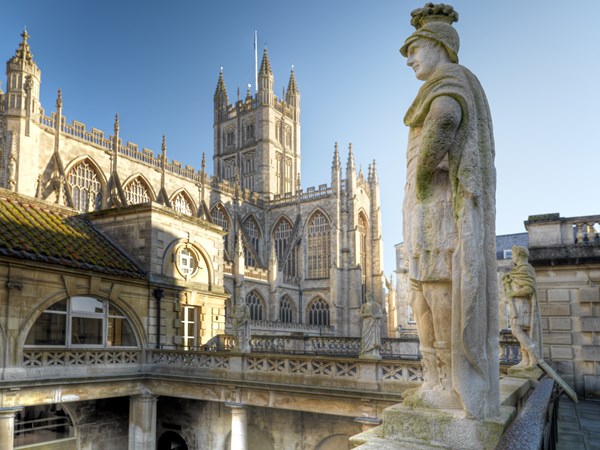
Thermae Bath Spa
Bath’s historic spas were finally restored and revived in 2006. The site is now one of the city’s most popular attractions, Thermae Bath Spa, where the public can enjoy bathing in the naturally warm, mineral rich water. Bath is once more a spa town, not only in name but also in reality.